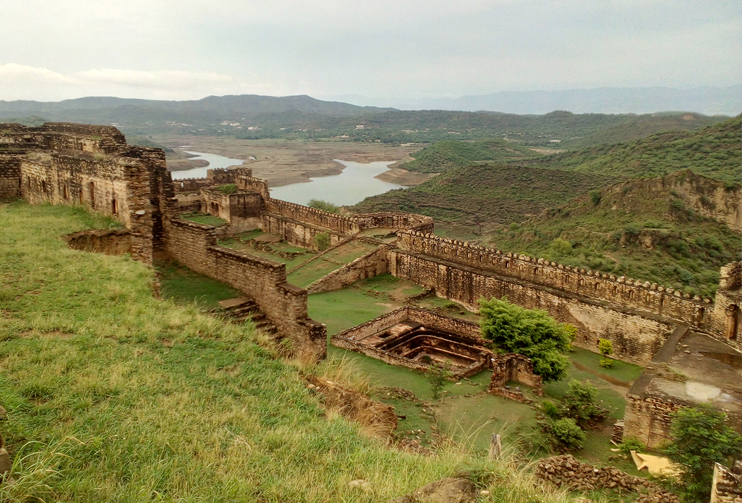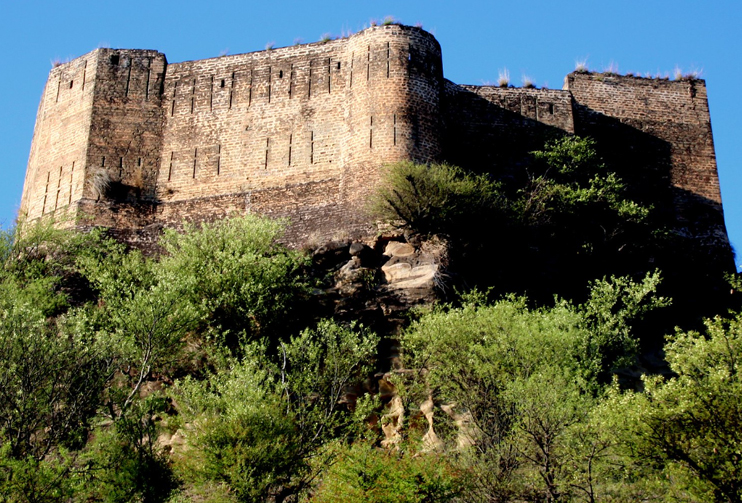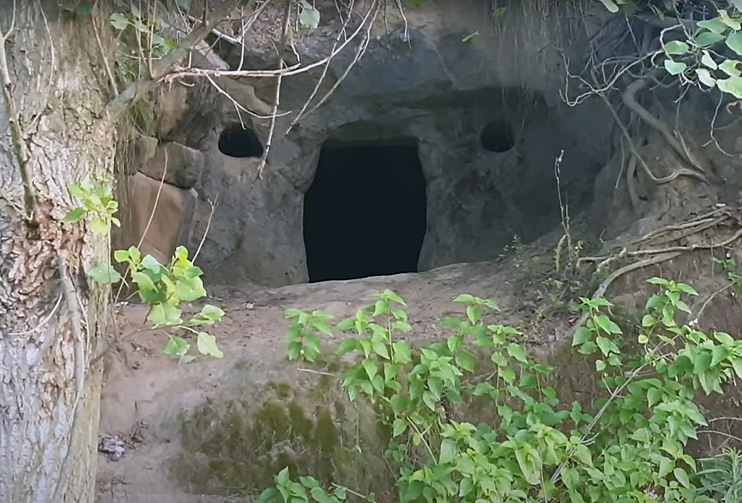kotli

Show Map
Tharochi Fort at Sehnsa
The fort has been built by the Mongral Muslim under Nasir-din Khan. It is a defensive fort built on the bed-rock at the height of 20 meters with lime stones and lime mortar.The Fort was captured by the Sikhs during the reign of Maharaja Ranjit Singh. In 1885 it passed into the possession of Maharaja Gulab Singh when he defeated Jawaher Singh. Gulab Singh rebuilt the Fort with stones. In 1937 it was garrisoned by a detachment of 8 rank and file of fort of guards (Singh, 1988).
De Bourbel mentions Tharochi Fort as a famous castle in Gulpur halmet (Bourbel, 1897). Tharochi Fort has always been an important military point and has its own strategic worth since its first occupation by Maharaja Gulab Singh (Palit, 1972).
Muzaffarabad
Tharochi Fort at Sehnsa



Bhrund Fort



Bhrund Fort
Bhrund Fort is a military post standing on western border of the Jammu and Kashmir state. It is the fine example of military architecture of the Dogras in the valley. The present structure can be placed between the years of 1846 and 1923 (Swayer and Kogan, 2012).
Karjai Fort
The massive fort in Karjai village in the Bannah valley dating back to Dogra period. It was used for defensive purpose (Khan et al, 2016).The fort is situated at the top of the peak. It is a large fort and indicates its central position in defense, keeping in view its strategic location and size.
Muzaffarabad
Karjai Fort



khoi ratta caves


khoi ratta caves
Khoi Ratta Rock cut caves dates back to 7th and 8th century. These caves are locally known as a “Parian di Khothian” (residence of fairies). Rock cut architecture in Indian sub continent was initiated by Mauryan King Ashoka in 2nd century B.C and became an important architectural feature of Indian sub continent till 8th century BCE. The writing symbols on these rock cuts are of sharada script derived from Gupta Brahmi which had been used extensively in North West India but later restricted to Kashmir (TIAC, 2016).








